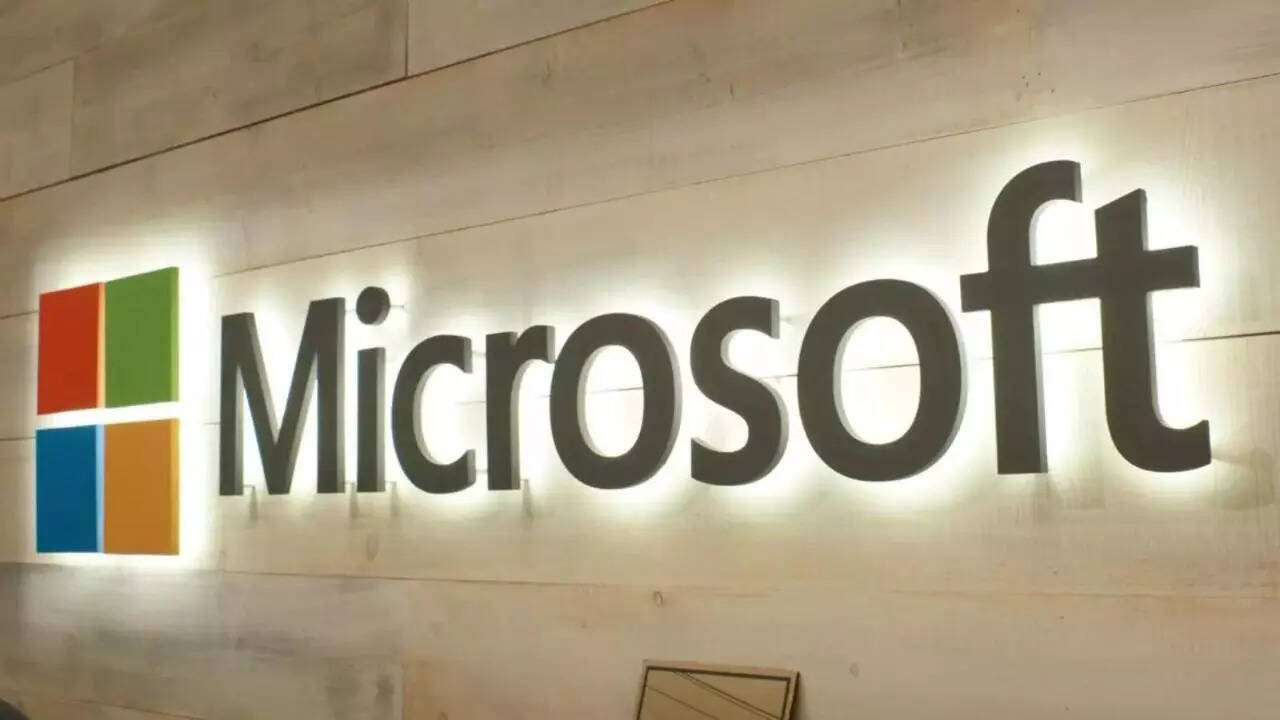A high-level committee has approved a framework facilitating the transfer of surplus land and buildings from telecom PSUs like BSNL, MTNL, and ITI to central government organizations without auction. Interested entities must express intent within 90 days and deposit earnest money. Transfers will occur at market value, determined by valuation agencies, with preference given to central government entities.
Unleashing Value: A New Dawn for Telecom PSUs in India
For years, the sprawling land holdings and other assets of India’s telecom Public Sector Undertakings (PSUs) like BSNL, MTNL, and ITI have been quietly sitting, holding immense potential. Now, the government is stepping in to unlock that value, potentially injecting much-needed capital and revitalizing these entities. The latest move involves a newly approved framework designed to streamline the disposal of surplus assets, setting a tight 90-day deadline for expressions of interest.
This isn’t just about selling land; it’s about strategically repositioning these PSUs for future growth. The new framework, greenlit by a high-level panel, suggests a more agile and efficient approach to asset disposal. Think less bureaucratic red tape and more market-driven decisions.
Why Now? The Urgent Need for Revitalization
The timing is critical. The telecom landscape in India is fiercely competitive. Private players have invested heavily in infrastructure and technology, leaving BSNL and MTNL struggling to keep pace. While government support has been substantial, a sustainable path forward requires them to leverage their existing resources effectively.
For ITI, a pioneer in telecom manufacturing, the challenges are different but equally pressing. While they’ve diversified into new areas like defense and solar power, efficient asset management is crucial for maintaining financial stability and funding future initiatives.
This initiative aims to kill two birds with one stone: freeing up valuable assets for more productive use and providing these PSUs with the financial firepower they need to modernize and compete.
The New Framework: Speed and Transparency Key
So, what exactly does this new framework entail? The core principle is to expedite the disposal process while maintaining transparency. The 90-day deadline for intent submissions creates a sense of urgency, encouraging potential buyers to act quickly. This should translate to faster deal closures and quicker realization of value.

Who Benefits? A Ripple Effect Across the Economy
While the immediate beneficiaries are BSNL, MTNL, and ITI, the positive impact could extend far beyond. The infusion of capital could enable these PSUs to invest in upgrading their networks, developing new services, and creating jobs.
Furthermore, the sale of these assets could stimulate economic activity in the regions where they are located. New developments, infrastructure projects, or commercial ventures could spring up on these sites, generating employment and boosting local economies.
For instance, imagine a prime piece of real estate currently occupied by an underutilized MTNL facility being transformed into a modern business park. This could attract new businesses to the area, create jobs, and increase property values.
This initiative also complements existing government efforts to support these PSUs. The revival package announced a few years ago provided financial assistance and enabled them to roll out 4G services. This asset monetization strategy is another critical piece of the puzzle, providing them with the resources they need to become self-sustaining. You can read more about BSNL’s 4G rollout and its impact on the telecom sector on our dedicated page [insert internal link here].
Challenges Ahead: Navigating the Road to Success
Of course, challenges remain. Successfully executing this asset disposal plan requires careful planning and coordination. Valuing these assets accurately and attracting the right buyers will be crucial.
Moreover, the government needs to ensure that the process is transparent and fair, avoiding any allegations of favoritism or corruption. Public trust is essential for the success of this initiative.
The 90-day deadline, while intended to expedite the process, could also put pressure on all parties involved. It will be important to strike a balance between speed and due diligence, ensuring that deals are structured in a way that maximizes value for the PSUs and the government.
A Strategic Move Towards a Stronger Telecom Sector
The government’s move to streamline the disposal of surplus assets held by telecom PSUs marks a significant step towards revitalizing these entities and strengthening India’s telecom sector. By unlocking the value of these assets, the government aims to provide BSNL, MTNL, and ITI with the financial resources they need to modernize, compete, and contribute to the nation’s economic growth. This isn’t just about selling land; it’s about creating a more vibrant and competitive telecom ecosystem that benefits all Indians. The efficient and transparent execution of this framework will be paramount to achieving its intended goals and ensuring a brighter future for these critical PSUs.







